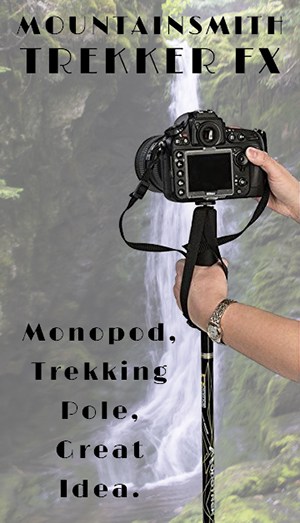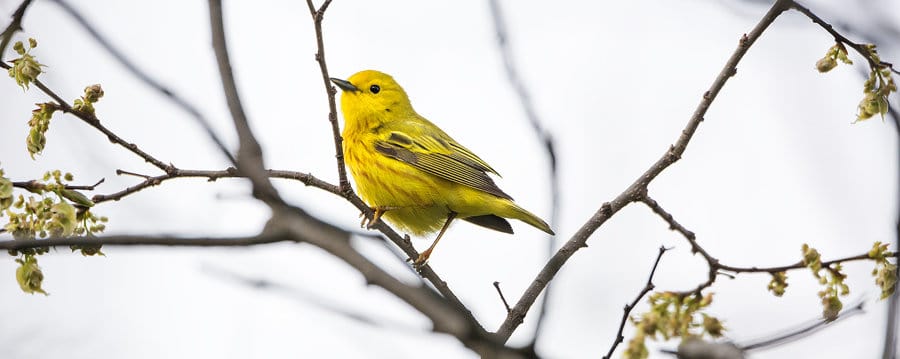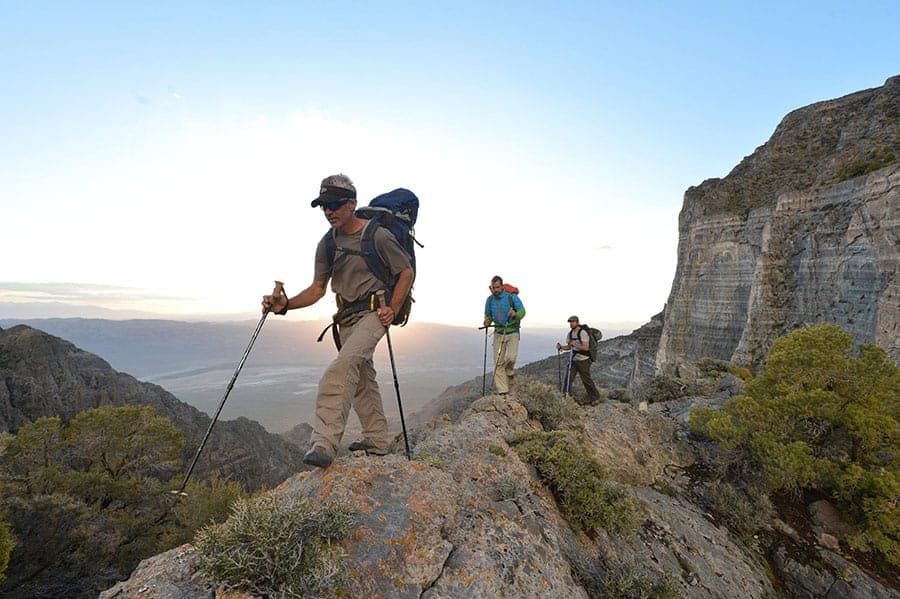
Why Do You Need A Monopod, Anyway?
I mean, you've followed all the advice and got yourself a sturdy tripod (if not, then Improve Photography's recommended gear guide is a good place to start), why on earth would you want a monopod? Several reasons, actually.
- It's lighter. A lot lighter. Also smaller and those two considerations are everything when you're hiking up a mountain and already carrying half a ton of camera gear on top of all the usual stuff that even non-photographers have to carry. You know – like water, and rain gear, and a first aid kit, and snacks, and sunscreen, and bug spray, and your chihuahua with a bad knee…Bottom line, you have to shave off a few grams and save precious space in your pack wherever you can and a monopod, by its very definition will cut down on weight and space by 2/3 compared to a tripod of similar construction.
- It's surprisingly useful. Ok, you're not going to be doing astrophotography with a monopod (unless you get creative and lash it to a railing or some such, which can be an option), but aside from taking very long exposures, it can be just as good as a tripod. A monopod will usually do the trick for bracketing shots for exposure blending and can allow you to increase the length of your exposure time by at least a couple of stops when you need more light.
- It offers more agility and flexibility to use. For example, when photographing wildlife and especially birds, being able to easily pivot and tilt the pole this way and that, pick it up and move it over a few feet, or even walk short distances without having to collapse it is essential. A monopod sets up in a third of the time, with only one leg to extend, but supports the weight of a heavy telephoto lens just as well as a tripod does, saving your arms and back while keeping you free to move around much more easily. For photographing birds high above you in the trees, a monopod allows you to tilt back as far as your ball head will go and then tip it back even further.
- It may be allowed where tripods are not. Many museums and zoos don't allow tripods, but they will allow monopods. It just makes sense, a tripod takes up a lot of space if there are people trying to get past you in a narrow aisle, but a monopod takes up no space at all. One place where I have had to use a monopod because tripods were banned was at the Butterfly Conservatory, in Niagara Falls, Ontario.

Why Do You Need A Trekking Pole?
Well, maybe you don't, but if you're a landscape or wildlife photographer, sooner or later you are going to have to do some walking and the most scenic places and impressive wildlife just don't tend to be where it's flat. As I get older (which I seem to be doing at quite an alarming rate), I just don't have the same confidence in my knees as I climb down rocky paths and don't even get me started on the tribulations of hauling my aging body UP a mountain. Over the past few years, a walking stick has progressed from being a luxury to a necessity that I wouldn't head out on a hike without. If you are younger and/or in better shape than me (as you almost certainly are), then a walking stick is still useful for the simple reason that anyone can trip and fall. Falling sucks. Falling with your expensive camera gear sucks even more. A sturdy walking stick or hiking pole offers greater stability, whatever your fitness level.
The Mountainsmith Trekker Fx Means One Less Thing To Carry.

For starters, the pole is very light at 300g (10.5 oz), in fact, it is even lighter than my Sirui carbon fibre monopod! In fairness, the Sirui is much sturdier, meant to hold a ball head and can support a much heavier camera, but when packing light we have to make choices and gear that can do double duty gets the spot in my bag. It is important to note that they do not recommend using the pole to carry a camera weighing over 3 lbs. I have used it to hold a much heavier camera when supported on the ground but I wouldn't try carrying it over my shoulder that way. I probably wouldn't do that with my Sirui either, even though it's rated to 22 lbs because leverage will just make the camera seem heavier and those heavy telephoto lenses need to be supported anyway. It is rated for hikers weighing up to 160 lbs (72.5 kg).
The Trekker Fx has a wrist strap, which I always wished for on my previous walking stick, which was an actual stick, by the way. My boyfriend whittled hearts onto a nice stick while we were in Cape Breton years ago and that stick has been across Canada from the Western side of Vancouver Island to the Eastern side of Newfoundland. Because it didn't have a wrist strap, it has also been accidentally left behind a number of times when I have stopped to take photos. Sentimental value has caused me to walk many extra kilometres to go retrieve it, but now I suspect that it will mostly be retired to decorative duties.

Your hand rests upon a comfy foam handle, which twists off to reveal the camera mount screw. I do find the lack of a ball head to be a bit of an inconvenience, but obviously, the handle won't fit over my big ball head. I have noticed in the Amazon listing that there are some mini-ball heads that just have the screw mount on top and that should work, in theory, as long as you trust the ball head itself not to slip when you most need it to support your weight. I'm not sure that I do, so I think I'll just make do without one. The beauty of the monopod is that you can tilt the whole thing, making a ball head less of a necessity than it is on a tripod. It is also a lot easier to screw your camera on and off a monopod than it is with a tripod, so there is less need for the quick release plate.
There are two extendable, telescoping sections that release and tighten with a twist. The middle section has a handy height guide on it so that you can see the proper length to extend it to for your height. I thought that was pretty cool because I've never known what height it should be at. Perhaps that is a feature of all trekking poles, I wouldn't know because I'm so old school that I was using an actual stick prior to this. Unlike my wooden stick, it also has a spring loaded anti-shock system built in. The pole is 28 inches (71 cm) when compressed and extends to a full height of 54 inches (137 cm).
The Trekker Fx features a rubber boot tip that can be removed to reveal a carbide tip that may provide better traction on some surfaces and can also function like the spikes on your tripod legs and be jammed into softer soil or sand for some extra stability. There is a trekking basket (to keep your pole from sinking into soft soil) that can be removed altogether or replaced with a basket meant for snow.
Overall, I would definitely recommend this combination monopod and hiking pole for any nature photographer who likes to get out of their car and go hunting for the great shots.
*Some of the detail photos in the article are from the Mountainsmith Monotrek on Amazon.ca, which appears to be virtually identical – so much so that I didn't realize that it was not the same product until the article was well underway. I have kept them in because the Amazon listing for the Trekker Fx has videos rather than detail shots.


